Cleaning the Crown Jewel
On the primacy of brain detox, how to do it and a homemade cream to boost it
Thomas Edison famously slept only a few hours a night, believing that sleep was a waste of time, but modern research shows that people who consistently get less than six hours of sleep in a day are 30% more likely to develop Alzheimer’s disease, at a 48% increased risk of developing heart disease, and more likely to be obese, depressed and anxious along the way.
We often focus on the exceptions without considering that they really only serve to prove the rule, fooling ourselves into thinking that we need to follow in the footsteps of famous light sleepers like Edison, Tesla, and da Vinci, if we want to be maximally productive.
However there are other equally impressive world historical figures who prioritized the importance of adequate rest and sleep like Albert Einstein, Benjamin Franklin and Charles Dickens.
We all know that not enough sleep can leave you feeling tired the next day and in need of a pick-me-up like coffee, or something sweet (or better yet a nap, and resolve to sleep better the next night).
But, what is it about sleep that makes it so important, especially for long term health?
The short answer is that sleep is the only time the brain can detoxify itself - basically take out the trash and sweep up. If sleep is inadequate the trash gets swept under the rug, and then starts to pile up, and eventually interferes with getting anything done - leading to brain fog, fatigue, memory issues, word finding difficulty, and if it persists eventually all out brain diseases like Alzheimer’s and Parkinson’s disease.
But even though the rest of the body can detoxify itself throughout the day - imagine a thriving society, well serviced by garbage trucks, and cleaners - it is also eventually dragged down when the king in his castle can’t get any work done, and can’t provide a proper guiding hand overseeing the entire country.
So the aim of this article is to answer in more detail just why sleep is so important, and to show you how to get not only enough sleep, but enough good quality sleep that accomplishes its goal, as well as how to optimize the detox that’s going on during sleep that not only prevents brain disease from developing, but helps you think better every day and make your entire body work better.
And for those already chronically ill, finally help rid the brain and body of illness.
We’ll also discuss why in the modern world, beset by chemical toxins in our air, water, food and “medications”, we need to not only minimize our exposures, but use one tool in particular to help supercharge our detoxification abilities and counteract the pervasive harms we’re exposed to.
So at the end of this article there’s a recipe for a unique detox cream applied to the neck at night that is the single best improver of sleep that I’ve found, and that has been used successfully by my colleague Hakim Shabaz in many patents with severe brain disorders.
But to begin with we need to understand what “toxins” are, and counter the mainstream medical orthodoxy’s notion that they have little to no effect on most people.
Toxins and Nutrients
Health, simply speaking, depends on a balance between toxins and nutrients.
The body can heal itself, as long as nothing is standing in the way, and it has all the essential nutrients it needs to do its many jobs.
But most of us focus inordinately on the nutrient side of the equation, or on various medication-type interventions, be they pharmaceuticals, herbs or even supplements meant to boost our bodies ability to utilize nutrients to heal.
Little thought is given to removing toxic substances that are actively damaging us and holding us back.
So what is a toxin?
For now we can define a toxin as anything actively standing in the way of the natural healing process.
So this could be an industrial chemical, heavy metal, chronic infection, non native EMF, and even things like negative beliefs and emotions.
The mechanisms by which these all can harm us have been extensively studied and are beyond the scope of this article, but if you need to convince yourself of their capacity for harm, you would be well advised to do so, because having a healthy respect for the enemy is what drives you to take the necessary steps to defend yourself from them.
Now, toxins accumulate for two reasons:
unavoidable environmental exposures like the artificial chemical residues in the air, water, and food, and avoidable environmental exposures like certain particularly dirty foods, personal care products, medications and vaccines, and
buildup of waste due to the regular breakdown of tissues and the normal leftovers of energy production.
So, in order to minimize harm from toxins we need to minimize avoidable exposure, optimize the body’s natural capabilities of removing toxins collected from unavoidable exposures and metabolic waste.
The organs and pathways of final elimination from the body are the kidneys/bladder, lungs/airway, liver/gut, and the skin. Toxins stored in the body are processed and excreted via these avenues.
However, toxins in the brain are stuck with nowhere to go unless we get good sleep. And if we do, then they may still be incompletely evacuated if the pathways of elimination aren’t adequately maintained.
Thank you for reading Dr. Syed Haider. This post is public so feel free to share it.
Discussing how to comprehensively optimize final elimination from the body is beyond our scope here too, but what we will focus on is how to get the junk out of the head so that everything else works better, including the organs and pathways of final elimination.
But first, let's delve deeper into the hierarchical relationship between the brain and the body, which explains why every disease is in part a neurological one and drives home the utmost importance of focusing first on brain health and detox.
The Body Bends the Knee
The brain isn’t just in your head.
OK, anatomically speaking it is mostly in your head, because we’ve subdivided the nervous system into the central part called the brain, the bulk of which is in your skull and the peripheral part, primarily in your spinal cord, but extending it’s tendrils throughout your body.
However, functionally speaking we could consider the whole thing one grand unit, and that unit is the emperor of the rest of the body, the seat of consciousness and control, served by every other organ, with the most important parts protected in their heavily fortified castle and keep, comprising the spinal column and skull.
The nervous system’s reach extends everywhere, taking along with it a support network of blood vessels and lymphatics, arraying around itself bones, muscles, and organs, all of which are its obedient servants, to be controlled and coordinated for its benefit.
Like any top down hierarchy, there are far fewer nerve cells than cells of other organs: about 100 billion nerve cells vs more than 30 trillion other cells. Some of those other cells have a direct connection with neurons, like skeletal muscle cells, that we consciously control.
However even the individual cells that don’t have a direct 1 to 1 neural connection are still indirectly controlled by the nervous system (subconsciously) by way of chemical hormonal messengers carried primarily in the bloodstream that do affect every single cell in the body.
So when the brain and nervous system are diseased, everything is diseased, from the immune system, to blood vessels, to the various organs, because they all receive their marching orders from that central controller.
When the brain stops working, nothing else works properly either, every organ begins displaying dysfunction, everything starts falling out of sync, and various symptoms arise. Some don’t seem to be neurological in nature, but to a great degree all of them are.
Instead of focusing on the specific manifestations of our illnesses - localized to various organs - we need to rise above, to the source of illness which, in more ways than one, is all in our heads.
The Importance of Deep Sleep for Brain Detox
The process of brain detoxification is crucial for removing waste products gathered during the normal process of metabolism throughout the day, as well as environmental toxins that collect, enabling the mind to refresh itself and prepare for the next day's challenges, and over the long term keeping the brain functioning normally throughout life.
Central to this cleansing process is the glymphatic system (similar to the lymphatic system outside the brain), a network of pathways in the brain specialized in draining cellular waste and maintaining fluid balance.
However in order to maximize the limited usable space inside the skull, when we are awake and active, the neurons are packed so closely together that there are no pathways between them, there is no room for them to eliminate their waste products, let alone any environmental toxins they may have accumulated. The solution to this conundrum is ingenious and mirrors intermittent late night/early morning municipal garbage collection: during deep delta wave sleep, when your brain is far less active, it undergoes a significant change, which creates the equivalent of superhighways for removing trash.
The magic that makes this happen is that the neurons are able to shrink themselves by 40-50% in size.
This shrinkage creates much more space between the cells, aiding the release of toxins and their removal, eventually being carried from the glymphatic pathways into the veins and lymphatic vessels of the neck, and from there to the organs of elimination - the kidneys, lungs, liver and skin.
But what happens when deep sleep is disrupted due to chronic illness, or sleep is artificially induced by drugs?
Without natural deep sleep brain detoxification doesn’t happen properly and waste products build up.
While pharmaceuticals may induce a seemingly deep sleep, they usually fail to provide the restorative benefits of natural deep sleep because the brain doesn’t enter the right stages of sleep for the right amounts of time.
Without enough time in rhythmic delta wave sleep, neuronal shrinkage is hindered, preventing the proper drainage of waste products and toxins from the brain.
The ramifications of this interrupted detoxification process can be significant, as research indicates a correlation between inadequate or poor sleep and an elevated risk of developing neurodegenerative conditions such as Alzheimer's disease, Parkinson's disease, and many other brain-related ailments, including cancers.
Essentially, without deep sleep's cleansing power, the brain becomes cluttered with waste and toxic residue, lacking an efficient way to clean itself.
How to Sleep Well
This is somewhat peripheral to the main topic I want to get to, but it’s important enough that we certainly need to treat it at least superficially.
So much more can be said, and explained, and as always it pays to learn a significant amount, if only to convince yourself of the importance of implementing the recommendations.
In order to sleep well, we have to understand the yin and yang of activity and rest.
Yin and yang are a helpful lens through which to understand many physiological processes.
Essentially life is made up of opposites and balance between opposites is required for healthy function.
Activity must be balanced by rest and consumption by fasting.
There is a time for all things, and the yin and yang of the cycles of day and night determine the optimal times for activity, rest, consumption and fasting.
Our circadian rhythm is synchronized to the movement of the sun, all our hormone levels have peaks and troughs with the diurnal timing depending on if they help stimulate activity or rest.
For example cortisol is a hormone that helps manage stress, and it is optimally high in the early morning and very low at night.
On the other hand melatonin is a hormone that helps manage sleep, and it is optimally very low in the morning and very high at night.
When we live in synchrony with the natural patterns our body works the way it should, but when we go against the natural flow bodily systems are thrown into disarray.
So there should be more activity and consumption in the earlier parts of the day, gradually declining into the afternoon and ceasing entirely after sunset.
Activity means all activities, including mental and physical ones. Consumption similarly means more than just food, it also covers information.
So taking these principles into account humans are well advised to wake as they naturally would in a state of nature, at the crack of dawn, if not earlier, eat early within an hour of waking, and get to work with what they need to get done that day.
In order to synchronize the body clock and stimulate important hormones, go outdoors and expose yourself to direct sunlight for at least 30 minutes before 10am and again in the midday, and again around sunset.
Finish up everything you need to do before bed by the time the sun goes down, so that you don’t have to turn on any lights after dark, which will shut off your melatonin and ramp up your cortisol - the exact opposite of what your body needs to get ready for restful and healing sleep.
You’ll fall asleep within an hour or two of sunset and wake very early.
In the beginning, if you can’t sleep at night within 15 minutes, get out of bed, leave the bedroom and sit in the dark somewhere else until you feel tired again, and when you do go back and try again.
Wake up with an alarm, and stay up until the afternoon and then take a nap if you didn’t sleep well the night before.
Make sure to keep the same sleep and wake times every single day. The habit will strengthen your body's ability to fall asleep quickly, get every ounce of benefit from sleep and wake feeling maximally refreshed.
There is tremendous power in the optimization that habits make possible.
Within a couple weeks of instituting these changes you’ll be sleeping like a baby and if not you may need to focus more on slowing down throughout the day, managing anxiety and stress, and perhaps using a short term natural sleep aid like mulungu bark.
Brain Drainage Pathways
Now let’s assume that we are able to go into the deep delta sleep necessary to facilitate glymphatic drainage.
Where does the glymphatic fluid go?
Modern research into brain health has primarily focused on the arteries supplying blood to the brain, addressing concerns such as blockages due to smoking and inflammation.
However, this emphasis on arterial health often overlooks the crucial aspect of downward drainage necessary for brain detoxification. It's time to shift our attention to this overlooked pathway.
The glymphatic fluid carrying waste and toxins can ultimately drain through three main channels.
The first is via the veins, the second through the regular lymphatic system of the head and neck, and the third is through a specific lymphatic pathway in the tonsillar region, part of Waldeyer's ring — a collection of lymphatic tissue in the pharynx.
This third channel around the tonsils has been shown to drain over 50% of waste, not just from the brain, but also the sinuses, eyes, and various skull bones.
Unfortunately these crucial detoxification channels are not safe from disruption.
Since the tonsils act as the frontline defense against invading airway pathogens, allergens and toxins, if they are not in good working order, they can become inflamed, swollen and the drainage pathways nearby can become compromised over time.
Similarly, the other two drainage pathways are also susceptible to vascular inflammation and toxin-induced blockages.
Further complicating matters, during the night when the body's immune system is most active, it responds to invaders in these areas, causing further compromise to these drainage pathways precisely when glymphatic fluid should be free flowing out of the brain.
The timing of this inflammatory response is not arbitrary.
The body strategically initiates inflammation during the night when levels of cortisol and other adrenal hormones, which act as immunosuppressants, are at their lowest. This deliberate choice allows the immune system to intensify its vigilance and combat potential threats effectively.
However, when this nighttime activation of the immune system goes from an irregular occurrence to a chronic battle of attrition it has severe negative consequences for brain detoxification.
First, and most importantly, this inflammation leads to the disruption of deep delta wave sleep, which prevents the waste accumulated within neurons to even be dumped out in the first place.
Second, while the body's defenses are fighting off invaders, that inflammatory response itself is characterized by a degree of swelling, which impedes the proper functioning of the drainage pathways essential for taking out the trash.
The resulting backup of fluid pressure in the brain leads to the accumulation of metabolic waste and toxins within neurons, eventually suffocating and causing dysfunction or even premature death.
This cascade of events is a major contributor to all brain-related diseases and dysfunctions.
Thank you for reading Dr. Syed Haider. This post is public so feel free to share it.
Role of the Brain Detoxification Cream
Our clinically proven detox cream is a powerful tool for promoting brain detoxification and overall well-being (since the nervous system extends from the brain into literally every tissue, where it helps orchestrate proper functioning, health in all tissues throughout the body depends on the brain).
People will need to prioritize healthy sleep, but the cream itself can help mobilize the trapped energy and fluid in the brain that contributes to sleep pathologies like insomnia, by simply opening up drainage pathways.
Myself and Hakim Shabaz have experienced the benefits of the cream, as have many of our patients. We’ve seen it help improve sleep, get rid of fatigue, reverse brain fog, improve eyesight, lessen tinnitus, improve overall health and even help resolve severe dementia.
In order to do all of that it utilizes a number of synergistic ingredients with fluid dynamic optimizing, membrane stabilizing, antiinflammatory and antibiotic properties together in a liposomal delivery system that is combined with DMSO, renowned for its ability to transport other compounds deep into tissues.
INGREDIENTS
The Misunderstood Miracle of Chondroitin Sulfate
Chondroitin Sulfate is a well known anti-inflammatory and antioxidant component of basement membranes and cartilage that is commonly utilized in dietary supplements to support joint health, but should probably be seen as more of a vascular health supplement.
A 6 year double-blind placebo-controlled trial of 60 patients who took chondroitin sulfate showed a 350% decrease in the incidence of fatal MI compared to the randomly matched control group. There was also zero incidence of non-fatal MI compared to 16% in the controls.
The bioavailable sulfate in chondroitin sulfate likely plays a large role in its beneficial vascular effects.
Stephanie Seneff has postulated that sulfate deficiency, particularly in the skin, largely triggered by universal glyphosate toxicity (glyphosate resembles and displaces sulfate), significantly harms the vascular system, and by extension all the organs that depend on it to deliver nutrients and remove waste, by decreasing the normally negative zeta potential, or electrical charge on the blood cell surface, which prevents blood cells from clumping by pushing them apart, and also inhibiting the production of gel-like “exclusion zone” water at the interface between liquid lymph/blood and the walls of the lymphatics/blood vessels, as well as decreasing the production of important biologically active compounds like vitamin D sulfate and cholesterol sulfate - a form of cholesterol which can travel freely in the bloodstream, as opposed to unsulphured cholesterol which must be carried by lipoproteins (e.g. low density lipoproteins AKA LDL), thereby raising measured blood “cholesterol” levels.
So sulphate deficiency greatly impairs drainage in veins and lymphatics due to the impaired zeta potential and altered fluid dynamics.
Seneff also describes how sulphate deficiency contributes to atherosclerosis, or the plaque that develops in arteries, including the main arteries to the brain and heart, which impairs oxygen delivery and energy production, which will secondarily impair lymphatic drainage since that, like all bodily functions, requires adequate oxygen delivery and energy to work properly.
Turmeric
Turmeric is renowned for its potent anti-inflammatory and antimicrobial properties. Curcumin, the active component in turmeric, has been shown to reduce inflammation and protect against microbial infections. Studies indicate that curcumin exhibits significant pharmacological effects, including anti-inflammatory, antimicrobial, antioxidant, and neuroprotective properties, which are crucial for preventing inflammation-related brain issues and supporting overall brain health.
Castor Oil and Hemp Oil
Both castor oil and hemp oil have a long history of therapeutic use. Castor oil promotes lymphatic circulation, aiding in detoxification processes. Hemp oil, rich in omega-3 and omega-6 fatty acids, supports brain health by promoting relaxation and reducing inflammation. These oils work synergistically to enhance lymph flow, which is essential for efficient toxin removal from the brain. Research indicates that the fatty acids in hemp oil also support cognitive function and reduce neuroinflammation.
DMSO
Dimethyl sulfoxide (DMSO) is a powerful transdermal agent that enhances the penetration of anti-inflammatory and antimicrobial compounds into the skin, ensuring that the active ingredients reach the target tissues effectively. This deep penetration is vital for addressing brain inflammation and microbial infections at their source6.
Phospholipids from Sunflower Lecithin
Phospholipids in sunflower lecithin help create a liposomal formulation, which improves the cream's ability to penetrate the skin. These phospholipids also support cell membrane repair, facilitating the movement of toxins out of cells and the entry of essential nutrients, promoting overall cellular health.
Propolis from Raw Honey
Propolis, a resinous substance produced by bees, has been utilized for its medicinal properties for centuries. When applied topically, propolis offers numerous benefits due to its rich composition of bioactive compounds, including flavonoids, phenolic acids, and terpenes. Propolis works as an antibiotic against harmful infections, but also helps balance the levels of beneficial bacteria. It has anti-inflammatory effects which decrease swelling, and it promotes the recovery of damaged tissues. Propolis also has bioactive enzymes which come from bee saliva as well as from plants, which makes it a poor ingredient for premixing into complex formulations.
Comprehensive Brain Detoxification
The cream operates on multiple levels to support brain detoxification and promote optimal sleep. By reducing inflammation, it helps the brain relax and transition into deep delta sleep, crucial for detoxification. It also prevents swelling of brain detox pathways, ensuring unimpeded cerebrospinal fluid (CSF) drainage. Antimicrobial agents help eliminate toxins and microbes, while bee propolis or wild honey provide prebiotics to promote healthy microbiota, further aiding in detoxification.
Enhanced Lymphatic Circulation
The massage action enhances the cream's penetration and stimulates lymphatic circulation, promoting detoxification. Castor oil and hemp seed oil soothe the vagus nerve and detox pathways, facilitating deep relaxation and optimal brain function. By promoting deep delta sleep, these oils enhance CSF flow through brain detox channels, ensuring thorough cleansing and rejuvenation.
Synergistic Approach
The cream harnesses the synergistic power of chondroitin sulfate, turmeric, castor oil, propolis, and hemp oil to provide comprehensive support for brain detoxification and sleep optimization. Its multifaceted approach targets inflammation, microbial invaders, and supports healthy microbiota and lymphatic flow, enhancing cognitive function and overall well-being.
Prioritizing Safety and Optimizing Results
Although the cream offers a promising strategy to aid brain detoxification, it's imperative to recognize that the effectiveness of drainage remedies can be somewhat compromised until mental and emotional issues are addressed.
Achieving a state of calm and serenity, along with naturally induced deep delta sleep, is essential for optimal detoxification as we have seen earlier. Prioritizing mental and emotional well-being is necessary to optimally activate the parasympathetic nervous system response before sleep, facilitating the shrinkage of neurons and the proper flow of cerebral fluid for efficient detoxification.
Also, there are potential risks associated with detoxification processes, especially when dealing with severe toxicity. As toxins, heavy metals, chemicals, and microbes are released from the brain, they can inundate the bloodstream, overwhelming the body's natural downstream detoxification pathways.
In such cases, the organs responsible for processing and eliminating toxins from the body, including the kidneys, lungs, liver, and skin must be adequately functioning. Even with optimal functioning a sudden influx of toxins can place a significant burden on these organs, potentially leading to adverse side effects and unintended consequences.
To ensure the safety and efficacy of the brain detoxification protocol, it may be necessary to undertake the procedure under the supervision of a wholistic medical professional. These professionals possess the expertise and knowledge necessary to tailor the detox protocol to individual needs, monitor the body's response to treatment, and intervene promptly in case of any adverse reactions (the simplest thing is to simply suspend detox until the reaction calms down and then resume at a slower pace, along with possibly addressing other elements of the protocol).
In some cases detox has to be put on the back burner until other more important things have been addressed, like ensuring proper functioning of the organs that will ultimately carry out elimination of the released toxins.
Under the guidance of a holistic medical professional, precautions can be taken to support the organs of elimination, mitigate detoxification-related symptoms, and minimize the risk of further toxicity from the detoxification itself. They can provide personalized recommendations for lifestyle modifications, herbs and supplements to optimize the body's detoxification processes and promote overall well-being.
Putting It All Together
The exact quantities of each ingredient are important and the directions for how to combine them are what helps ensure the liposomes are well distributed throughout. And of course we leave the propolis separate to avoid disrupting other ingredients by enzymatic action during storage.
Exactly how and when to apply the cream is also rather important and can make the difference between something that works OK and something that works exceedingly well.
The recipe and directions are behind the paywall below (ie if you are a paid subscriber you’ll be able to see the rest of the article).
However if you need access without becoming a paid subscriber just email us at community@mygotodoc.com and we’ll send you a free link to view.






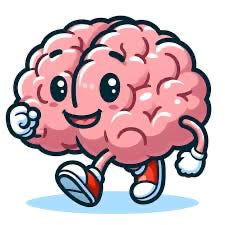
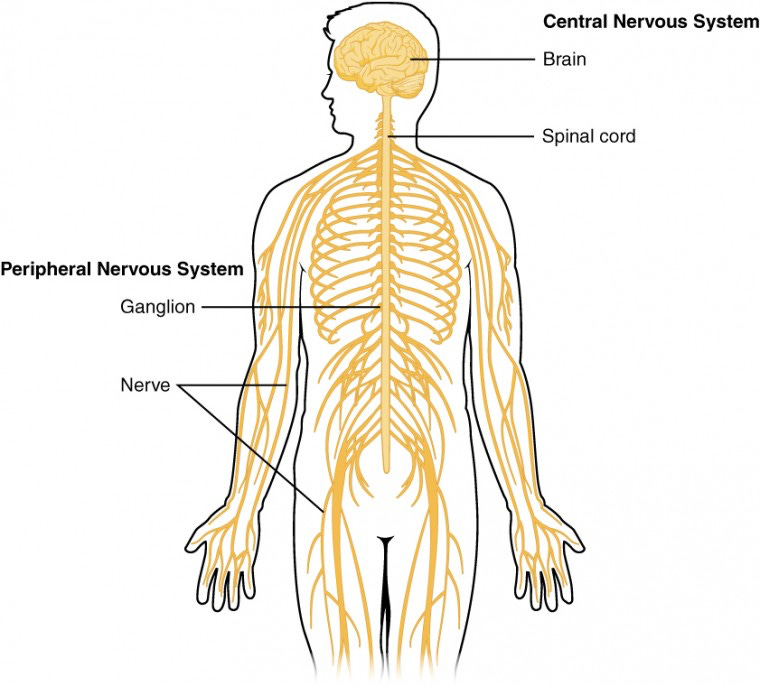
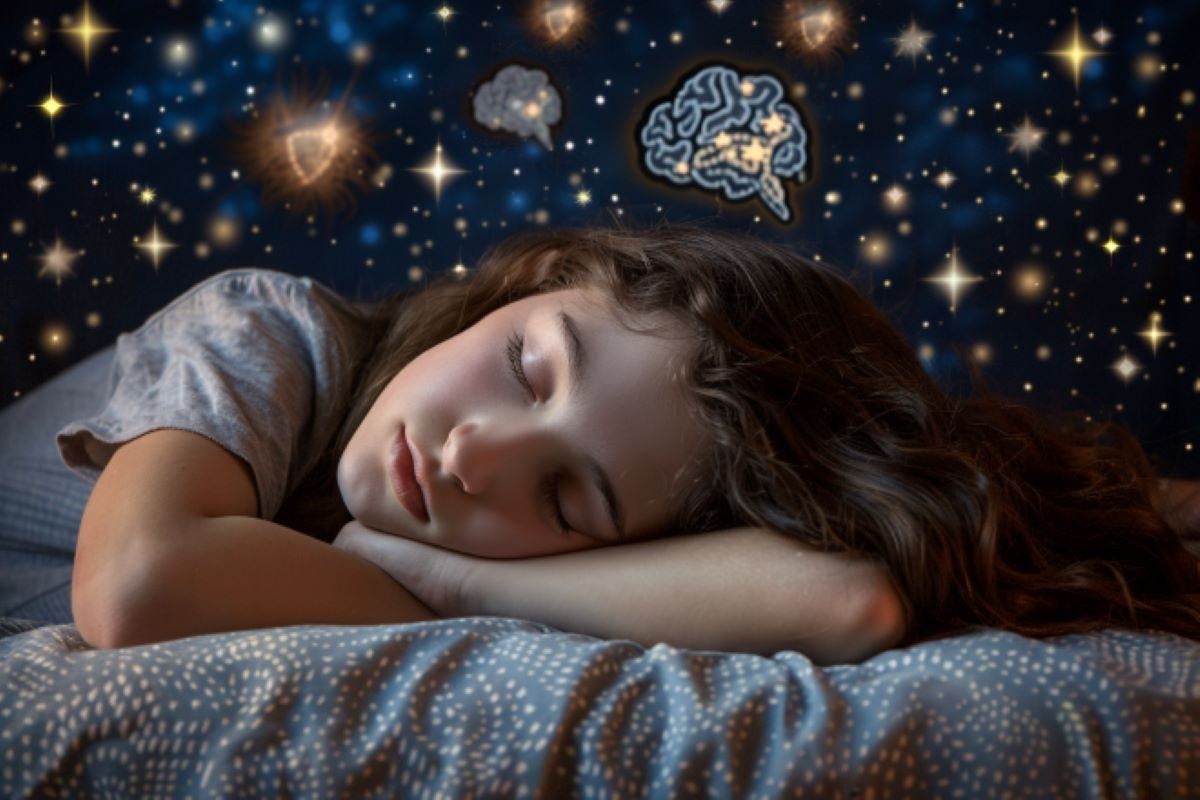
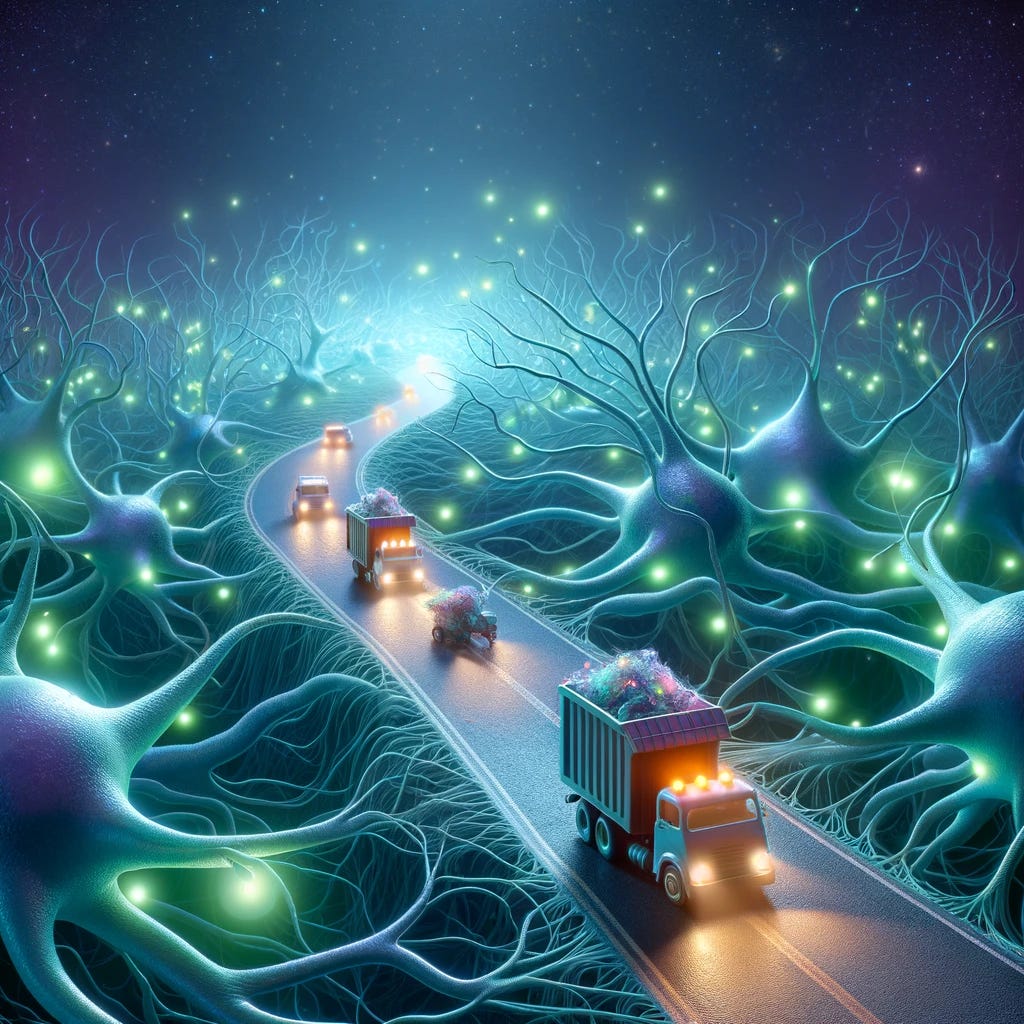
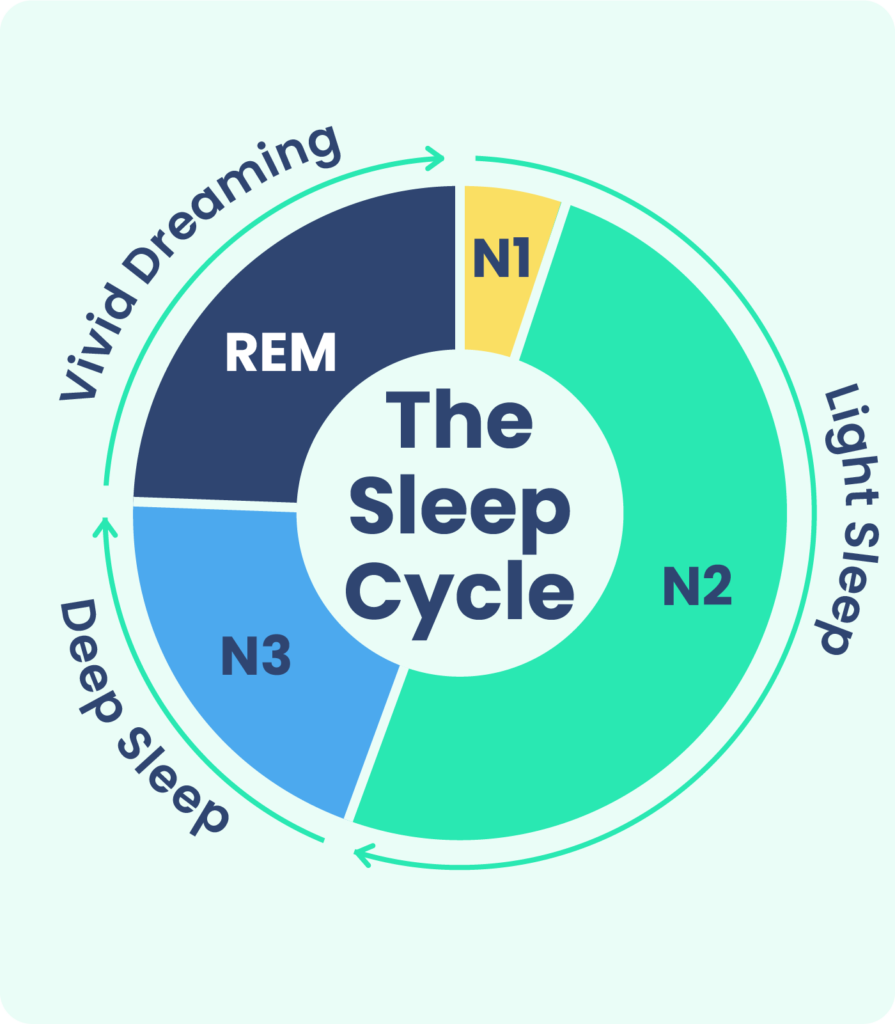

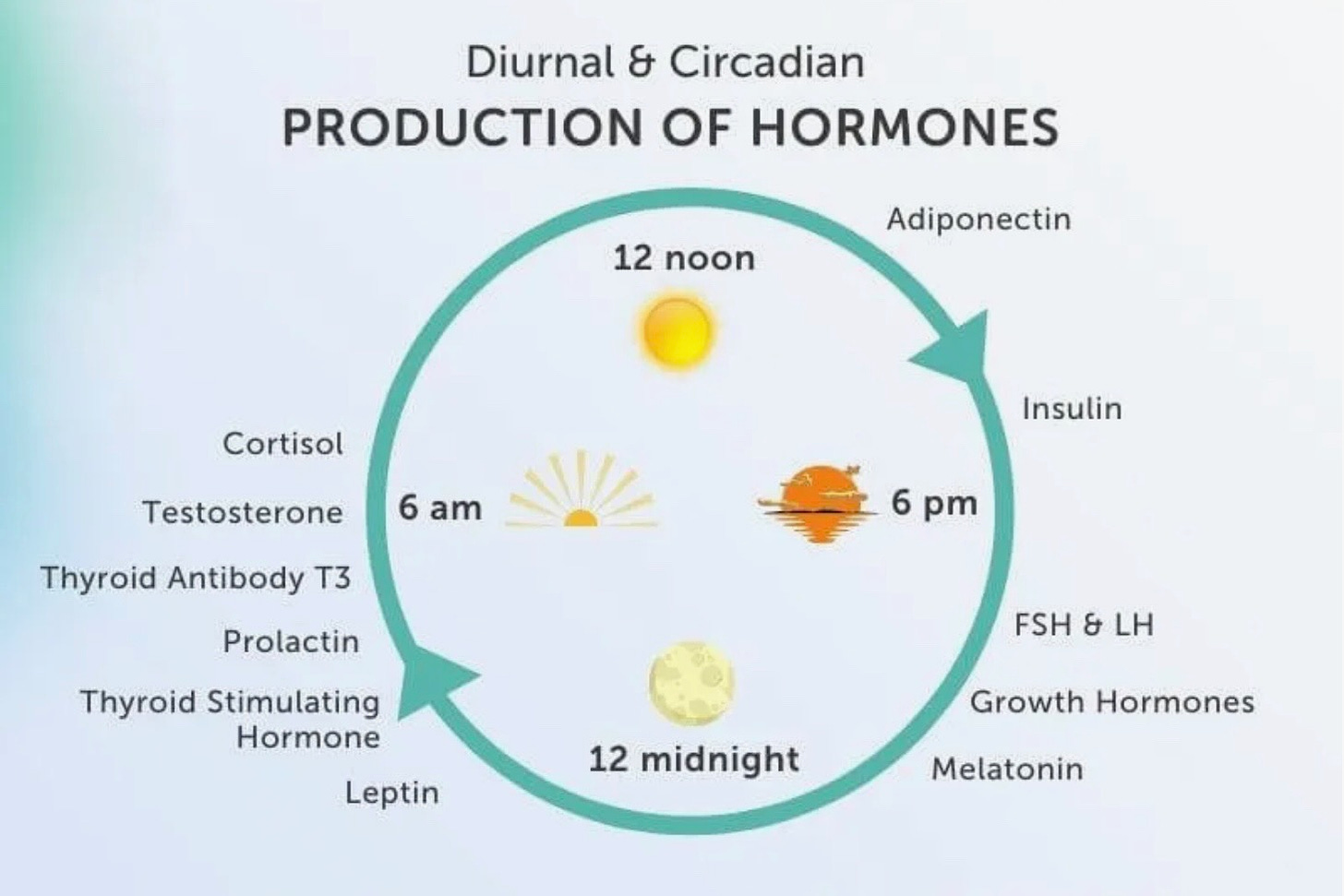
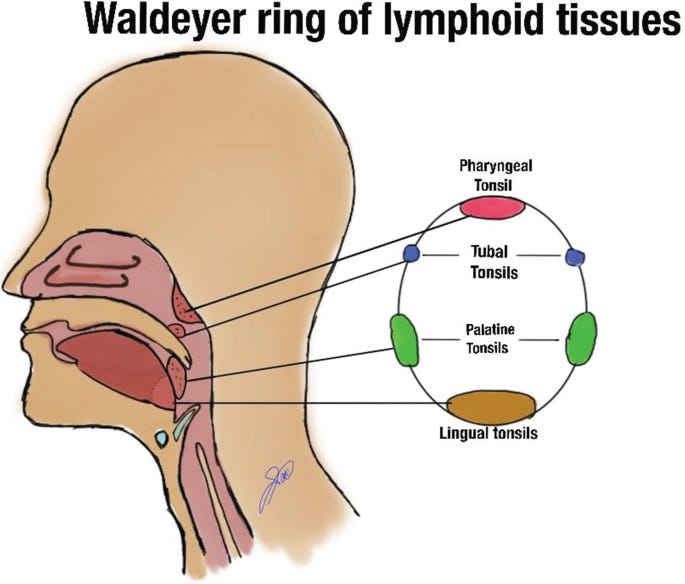
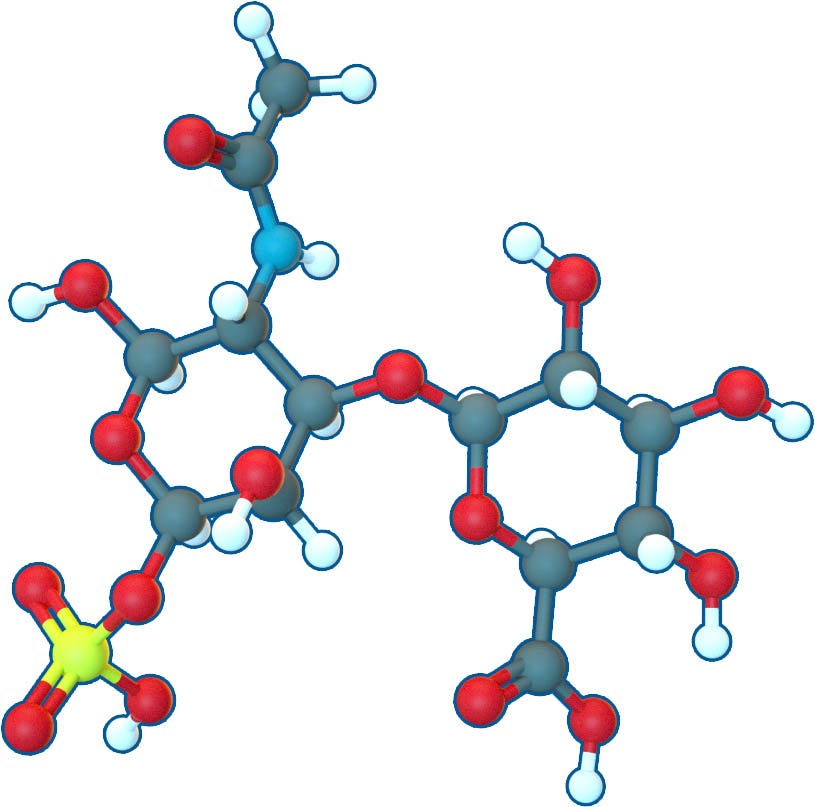
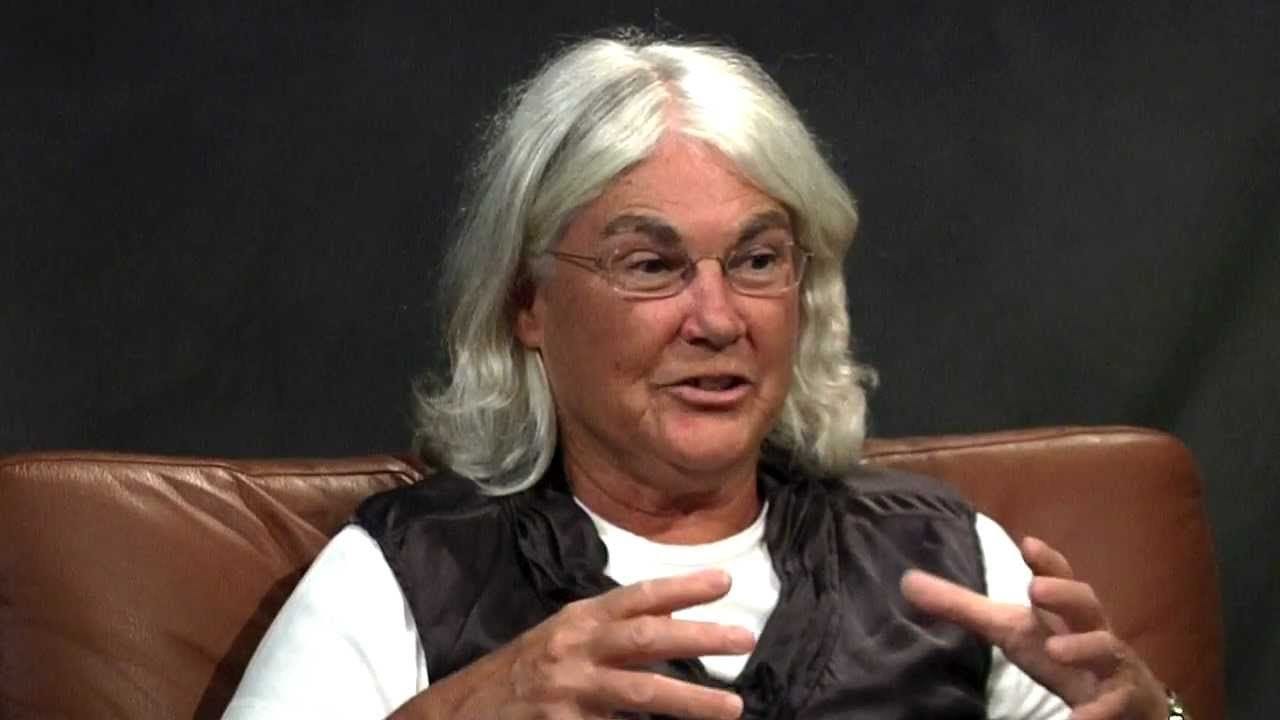
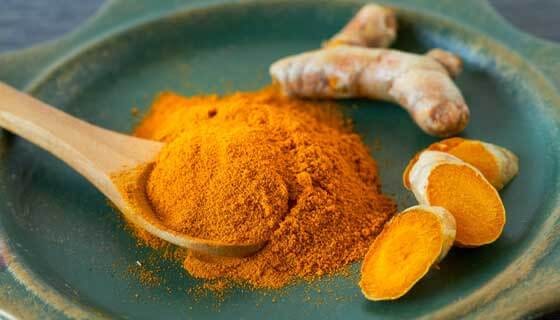




No comments:
Post a Comment